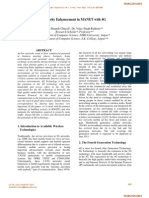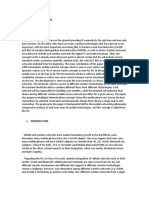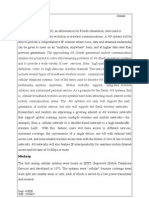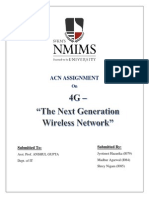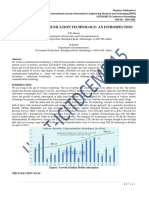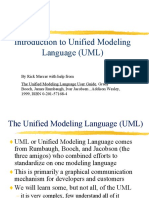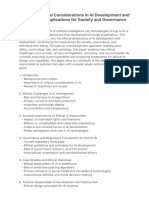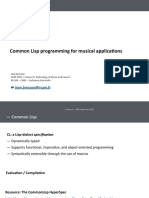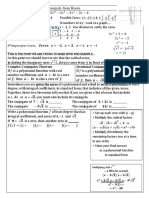0% found this document useful (0 votes)
73 views7 pagesTE - Final Assignment - Report
This document discusses the evolution of mobile network technologies through generations. It begins with an overview of 1G analog networks and how 2G digital networks improved capacity and speed. 3G brought higher data speeds and integrated voice and data. 4G networks like LTE further increased speeds and offered more services by utilizing an all-IP architecture. The document then focuses on WiMAX network components and 4G characteristics such as convergence of services, broadband capabilities, and higher data rates. It concludes with brief discussions of anticipated technologies beyond 4G like 5G, 6G and 7G networks.
Uploaded by
Fariha Rahman NameerahCopyright
© © All Rights Reserved
We take content rights seriously. If you suspect this is your content, claim it here.
Available Formats
Download as PDF, TXT or read online on Scribd
0% found this document useful (0 votes)
73 views7 pagesTE - Final Assignment - Report
This document discusses the evolution of mobile network technologies through generations. It begins with an overview of 1G analog networks and how 2G digital networks improved capacity and speed. 3G brought higher data speeds and integrated voice and data. 4G networks like LTE further increased speeds and offered more services by utilizing an all-IP architecture. The document then focuses on WiMAX network components and 4G characteristics such as convergence of services, broadband capabilities, and higher data rates. It concludes with brief discussions of anticipated technologies beyond 4G like 5G, 6G and 7G networks.
Uploaded by
Fariha Rahman NameerahCopyright
© © All Rights Reserved
We take content rights seriously. If you suspect this is your content, claim it here.
Available Formats
Download as PDF, TXT or read online on Scribd
/ 7







